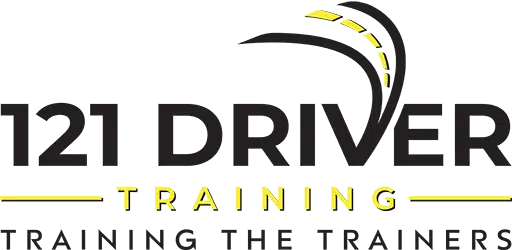A successful driving instructor must effectively guide and instruct their students, fostering an optimal learning environment and helping them build confidence on the road. To achieve this, one must not only possess an extensive knowledge of driving skills and road rules but also be equipped with innovative teaching techniques that cater to individual learning needs. As driver education continues to evolve, incorporating modern teaching strategies is essential to maximising student outcomes and promoting safe driving habits.
In this blog post, we will share practical and forward-thinking teaching methods aimed at empowering driving instructors to increase their effectiveness and deliver engaging, potent driving instruction. By implementing these techniques, you can further adapt your teaching approach to individual student needs, provide clearer and more concise guidance, and foster a supportive learning atmosphere that ultimately promotes responsible and confident drivers.
Top Innovative Teaching Techniques for Driving Instructors
There are several innovative teaching techniques to enhance the driving instruction process and improve student outcomes. As a driving instructor, incorporating these modern strategies will not only take your instructional practice to new heights but also equip your students with the knowledge and confidence they need to become responsible road users.
1. Harness the Power of Technology
Embracing technology in your teaching methods can provide an interactive and engaging experience for both you and your students. Some practical ways you can integrate technology into your lessons include:
- Utilise Driving Simulator Apps: Driving simulators can help students familiarise themselves with various driving scenarios and become more comfortable with the car’s controls before they hit the road.
- Employ Video Analysis: Record your lessons and review them with your students to pinpoint areas that need improvement or to showcase examples of successful driving techniques.
- Leverage E-learning Platforms: Supplement your in-car lessons with digital resources, such as instructional videos, quizzes, and e-books that can help students study and review driving concepts.
2. Encourage Continuous Reflection and Self-Assessment
Promoting self-awareness in your students will make them more attuned to their strengths and weaknesses. Encourage them to reflect on their driving abilities through:
- Observation and Analysis: Ask students to observe and evaluate their own driving manoeuvres, providing feedback on what went well and identifying areas for improvement.
- Goal Setting: Help students set realistic and achievable goals for each lesson, and have them assess their progress towards meeting those objectives.
- Debriefing after Each Lesson: Discuss with your students the key takeaways from each session, reinforcing their accomplishments and outlining the next steps in the learning process.
3. Adapt Your Instruction to Individual Learning Styles
Recognising that each student has unique learning preferences enables you to tailor your teaching approach accordingly, providing a personalised and effective learning experience. Consider adjusting your methods according to these key learning styles:
- Visual Learners: Incorporate visual aids, such as diagrams, illustrations, or videos, to help these students better understand complex driving concepts.
- Auditory Learners: Engage these students with verbal explanations and encourage dialogue to help clarify and reinforce driving principles.
- Kinesthetic Learners: Provide plenty of opportunities for hands-on practice and include demonstrations that require physical involvement, such as adjusting mirror positions or using safety equipment.
4. Foster a Positive and Supportive Learning Environment
Creating a learning atmosphere where students feel supported, valued, and encouraged can significantly improve their motivation and confidence on the road. To do so, consider the following strategies:
- Exercise Patience and Understanding: Encourage a no-judgment learning space and emphasise that making mistakes is a natural part of the learning process.
- Offer Constructive Feedback: Instead of focusing solely on your student’s errors, provide feedback that highlights their successes and progress while offering specific advice for improvement.
- Build Rapport and Trust: Establishing a strong instructor-student relationship can lead to a more positive and productive learning experience. Take the time to get to know your student’s concerns, aspirations, and motivations.
Conclusion
Investing in the continuous development of your teaching skills and remaining open to new methods will help you stay at the forefront of driver education and ultimately foster safer, confident, and responsible drivers. By embracing innovative teaching techniques, driving instructors can elevate their instructional practices, increasing the effectiveness of their lessons and significantly improving student outcomes. With proper guidance and support, driving instructors can confidently adopt these advanced strategies, creating a new standard for excellence in driver education.
As a TfNSW and ASQA approved Registered Training Organisation, 121 Driver Training, upholds the highest standards for our Driving Instructor Courses. We are dedicated to improving driver education by providing driving instructors with helpful tools, techniques, and insights. Drawing on our extensive experience and passion for driver education, we have identified several innovative teaching techniques to support your instructional practice and elevate learning experiences for your students. Let us propel your instructional practice into a new era of success and contribute to the ongoing evolution of driving education in Australia! Contact us today to schedule an appointment!




